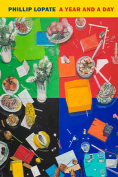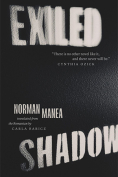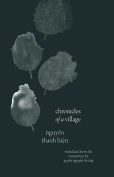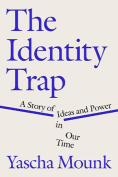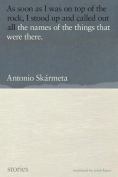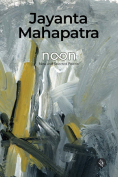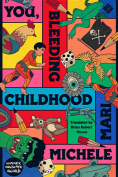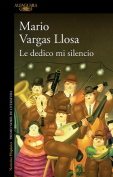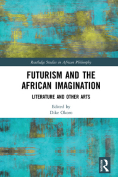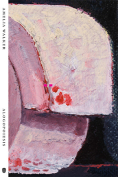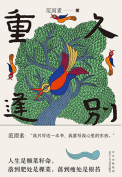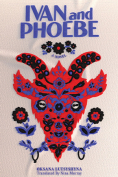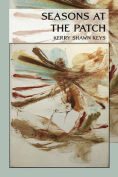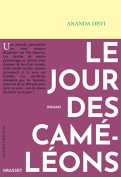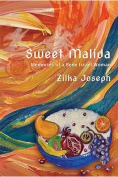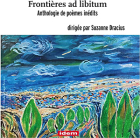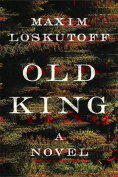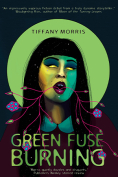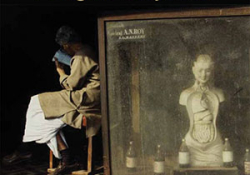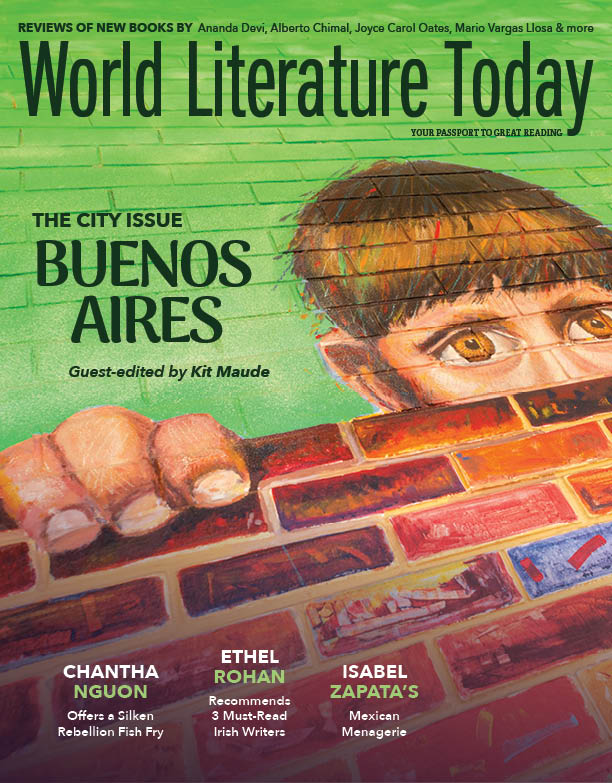Scary Story by Alberto Chimal
 London. Pamenar Press. 2023. 99 pages.
London. Pamenar Press. 2023. 99 pages.
The prominent contemporary Mexican writer Alberto Chimal is known for a diverse, imaginative body of work that blurs the boundaries between the mundane world and the fantastic. Published across a wide range of genres, including short stories, novels, essays, and online experimentations, his writing explores the complexities of identity, memory, and power in a style often classified as speculative fiction. By thoughtfully probing the human psyche, his stories give voice to extreme emotional states and uncanny situations to challenge readers’ perceptions of reality (see WLT, Summer 2019, 52).
As a book, Chimal’s Historia siniestra came out in Spanish in 2015. It brings together two stories, “Ciudad X” and “Día común,” that were first published on Twitter the previous year. Both stories maintain some of the qualities and restraints, namely aphoristic brevity, from their original publication on social media. In general, Chimal’s domain as a writer is that narrow corridor where the supernatural and eerie disturbingly verge with the banal. And like much of his other writings, these two stories, too, are marked by psychological depth and deft social commentary.
In 2023 Pamenar Press published D. P. Snyder’s translations of “X City” and “An Ordinary Day” under the title Scary Story. The compact ninety-nine-page book includes a preface by Chimal and Snyder’s translator’s note. In “X City,” a simmering current of violence surges beneath the veneer of the everyday. It shows itself in subtle forms, as bureaucratic errors and typographical mistakes, before erupting into an unrelenting cataclysm. Chimal intricately examines the genetic variations of blunders, implying that such imperfections not only permeate but also constitute and fortify systems, whether societal institutions or existential states.
An unabated countdown from one hundred structures the narrative. Each moment, each numbered episode, propels the reader toward an unspecified impending calamity. The pacing throbs with a palpable urgency, heightening the senses and quickening the heartbeat. Snyder’s English re-creates the mood by employing short, often monosyllabic words with an unforced syntax. The centered typographical layout calls to mind poetry more than prose, and Chimal, in the preface, describes the story as “a hybrid text, equal parts horror story and political poem”:
In the embassy, 82 people receive visas with an identical mistake: the same photo of
who knows who instead of their own.
. . .
Why do they keep going on and on about 43 indios?
grumbles the President furiously
as they read him the news summary.
Snyder retains the offensive Spanish term indios to refer to the Indigenous people of Mexico, which immediately marks the attitude of the president, as depicted in Chimal’s story, toward the victims of the Iguala mass kidnapping, the forty-three students of the Ayotzinapa Rural Normal School. Here, the political-as-horror encroaches upon and eventually eclipses the poetic.
The second story, “An Ordinary Day,” is an oblique tale of mistaken identities and bewildering settings. An unsettling mood of mystery, of not really or fully knowing where one is and what is going on, suffuses the story. This, too, is a hybrid narrative, one that blends a short text, usually no more than two sentences, with a black-and-white photograph beneath a title:
Tacos Jelipe
Washing the pavement is the most normal thing in the world, he said. What blood?
And beneath the text: a candid photo of a worker wearing an apron washing the pavement in front of a street vendor stall. The page layout calls to mind posts on Tumblr or from other microblogging sites.
Chimal’s writing resonates with readers because it is rooted in relatable experiences and emotions even when it ventures into bizarre or otherworldly realms. The narrative disorientations are very much part of the package. It’s a shame that so little of Chimal’s work has been translated into English. Scary Story is only the second title, after George Henson’s 2019 translation of The Most Fragile Objects (Katakana Editores), to be made available. (For apprentice translators who might benefit from comparing multiple translations, in 2018 Latin American Literature Today published “City X: A Novel in 101 Tweets” in English translation by graduate students at the Middlebury Institute of International Studies under Henson’s supervision.)
Despite an extreme economy of language, D. P. Snyder’s translation of Scary Story presents Alberto Chimal’s powerful storytelling prowess, paradoxically showing that his literary mastery isn’t dependent upon text alone. In Chimal’s hands, form and image can perform their own narrative function. Much like Edgar Allan Poe and Haruki Murakami, two other writers who expertly navigate the realms of the real and surreal with finesse and a tinge of lonely existentialism, Chimal’s adeptness at revealing the hidden shadows of everyday life marks him as a writer deserving of more readers, translators, and publishers.
Frank Garrett
Dallas
